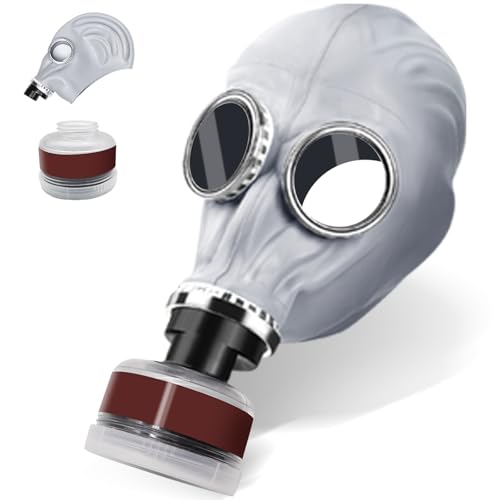The OP describes using steam and vinegar used to dismantle the parts. This suggests the adhesive used to assemble them in the first place is hide glue, although the OP doesn't provide information to confirm this, nor any other information about the type of adhesive used in the chair's construction.
Based on my hunch about the adhesive being a hide type I wouldn't be looking at any of the more modern adhesive types, such as PVA or polyurethane unless the plan is to completely remove all the original adhesive from the joints whether they be M&Ts, dowels, or whatever. Contemporary adhesives generally don't bond well with hide glue hence the need to remove all the old adhesive to get to bare wood again. But new hide glue does bond well with existing hide glue.
Anyway, whatever the original adhesive, if the joints are sloppy the best option is probably to build up the wood where needed to make the joints a tight fit again, e.g., slivers of veneer glued to tenon faces or mortice cheeks after they've been scraped back to bare wood as already suggested, and then reassemble with new adhesive.
There might also be the possibility of completely removing an existing mangled up tenon and creating a slip (sometimes aka loose) tenon that fits into both the rail and the leg mortice; this would be an opportunity to make the slip tenon slightly thicker than the original tenon forcing a matching slight enlargement (widening) of the mortice in the leg which might be enough to eliminate any gappiness or looseness in the fit of the joints. Doing this would eliminate the need for an adhesive with significant gap filling properties, such as urea formaldehyde type or epoxy resin.
A slip tenon, of course, results in fresh wood showing on the edge of a rail, but putting the visible part of new tenon wood on the underside of a rail is relatively inconspicuous, and can be disguised with careful polishing.
All the above assumes the rails and legs are essential rectangular in profile rather than circular as in stick chairs. Slainte.
































